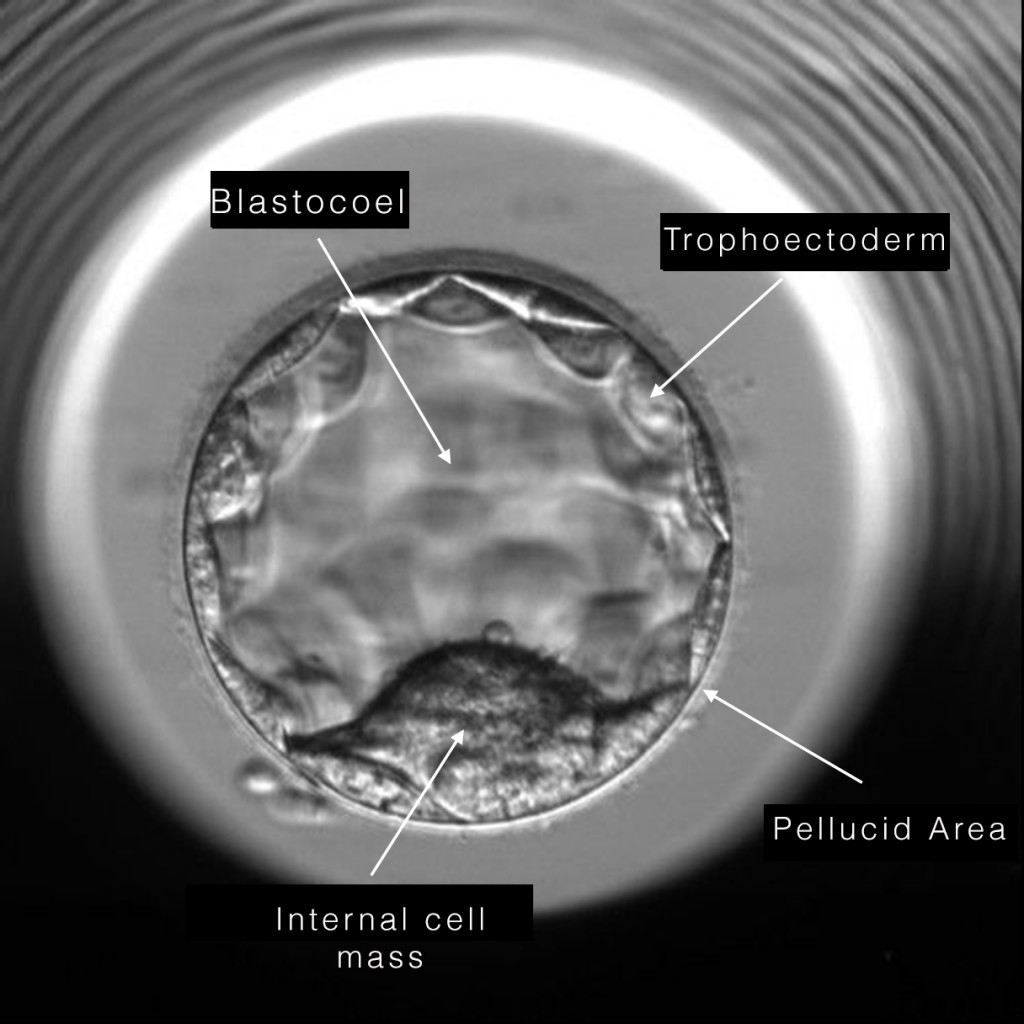Today the Director of our Laboratory, presented the results from last year and I am really amazed, because the pregnancy rate per transfer were the same regardless whether fresh or frozen (vitrified) embryos were used.
And that is including embryos that have been frozen twice! This occurs when we defreeze more embryos than the actual ones that end up being transferred. In these cases they are left in a culture medium and, if they continue to develop up to a blastocyst stage, they will be frozen again.
Honestly, I never thought I would witness something like this in my professional life. It is a huge a medical breakthrough for the following reasons:
- Greater possibilities of pregnancy for each cycle. We speak of a cycle whenever there is an oocyte retrieval. This means that in many cases we do not have to repeat egg retrieval when a second pregnancy is sought.
- Reduced number of multiples pregnancies. It often happens that, although our patients prefer a single pregnancy, they ask us to transfer more embryos to avoid the loss of quality when frozen.
- If, after the egg retrieval, the patient cannot continue the treatment due to medical or personal reasons, it no longer matters if we do not perform a fresh embryo transfer. This is of great importance for women with polycystic ovaries, as those run a risk of hyperstimulation.
- This year several studies highlight that results with frozen embryos can be even better since the endometrial preparation is more physiological. They suggest to freeze them all and not to do a fresh transfer. I do not expect that much, since that would also delay and make the process more expensive.
At the moment patients do not believe it at all. Last week a very nice husband of a patient told me: “How can it be the same? It is like with fresh and frozen fish!”. So, I thought, we have to make it known.
The great challenge of vitrifying blastocysts.
I have already told you how frozen embryos live. The vitrification of blastocysts has been the greatest challenge for biologists. Blastocysts are embryos which are 5 or 6 days old. They have a mass of 200 cells which generates all the structures of the embryo called internal cellular mass. The other cells, called trophectoderm, form the placenta. Moreover, they have a very big “lagoon” of water which is called blastocoel and an outer membrane which is at the point of collapse, since the blastocyst is the next stage of the embryo prior to implantation in the uterus.
The difficulty when freezing blastocysts consists mainly in the quantity of water they have. For example, at home it is easy to freeze a chicken but we cannot freeze an egg.
In order to vitrify blastocysts successfully, biologists previously remove their water through a pinch, or as we do in our laboratory, they can surround them with a chemical solution which absorbs the liquid without, as you may see, affecting them.
Since there is no video available to describe this process, I have requested our embryologists to record a video when putting the blastocysts in the Embryoscope.
Firstly, we can observe how it is left without water and then how it is rehydrated to be vitrified.
These are images in fast motion, but this process may take hours.


Hi do u do all the treatment in Dublin. Enquiring about getting egg donation.
Dear Geraldine,
Thank you for your interest. Our Support Team will contact you.
Kind regards